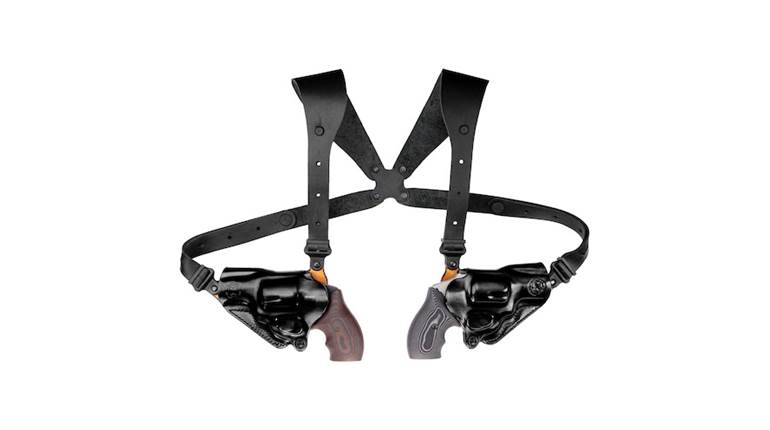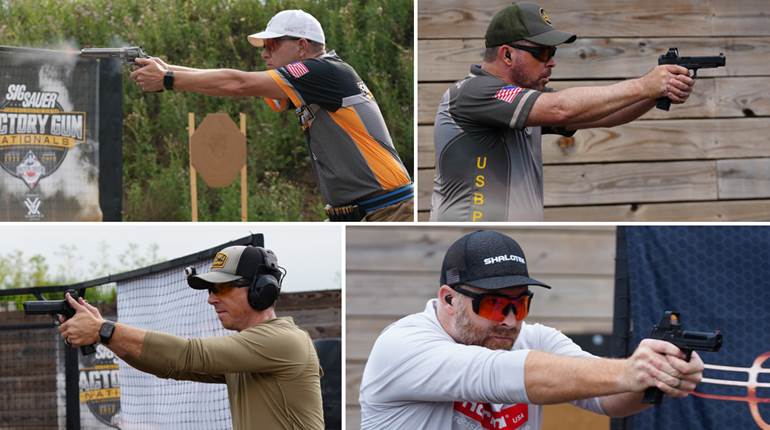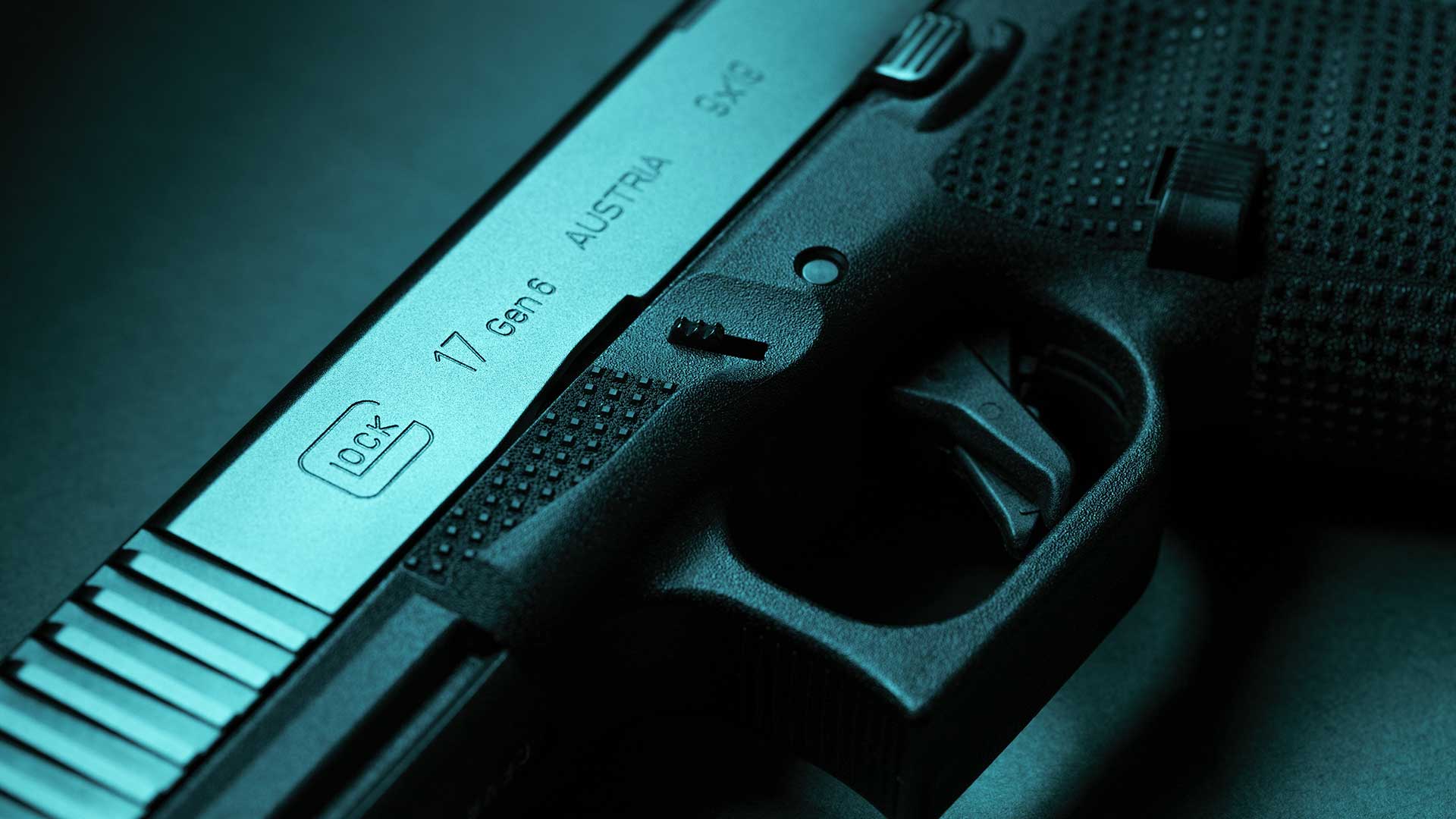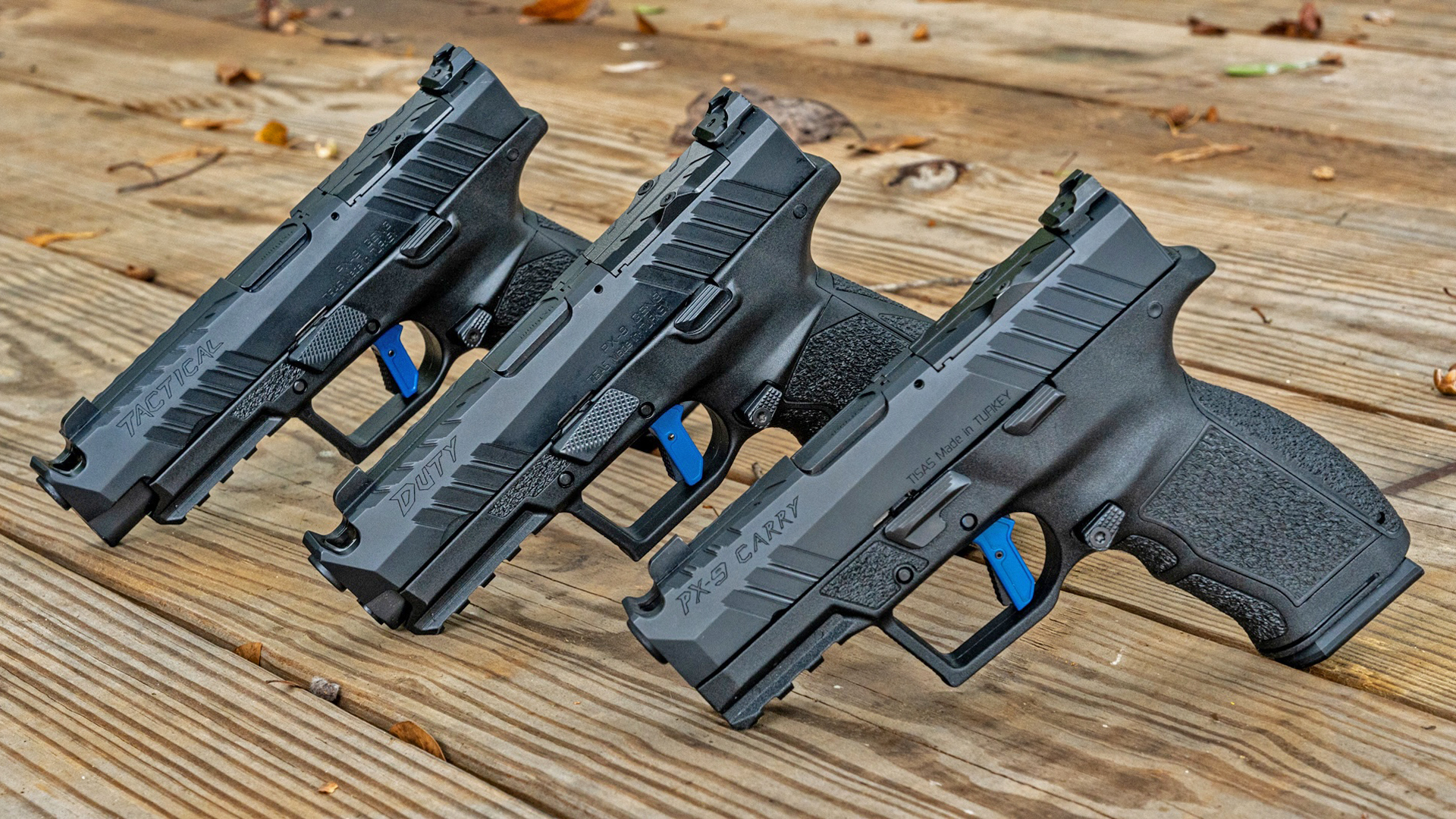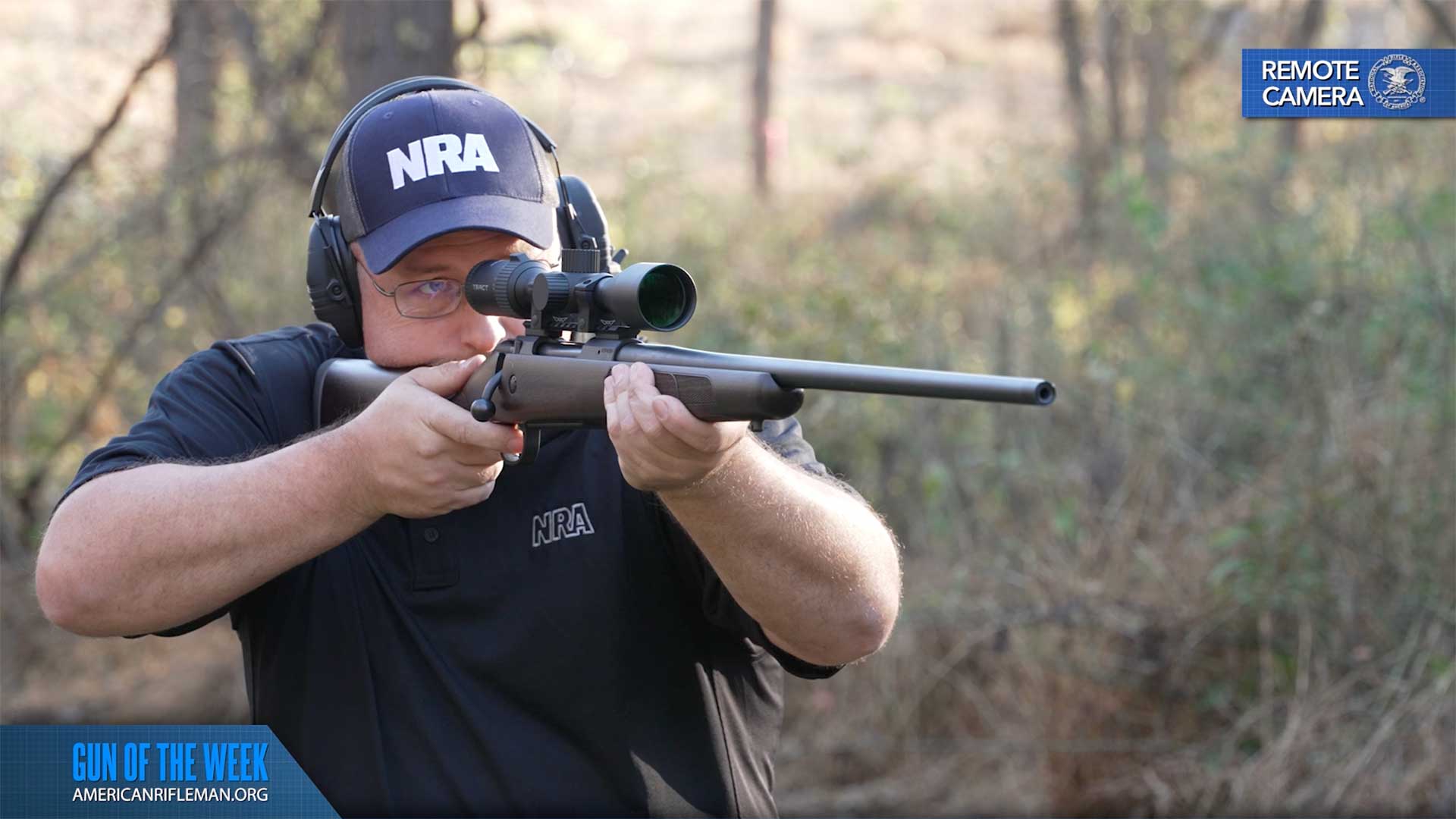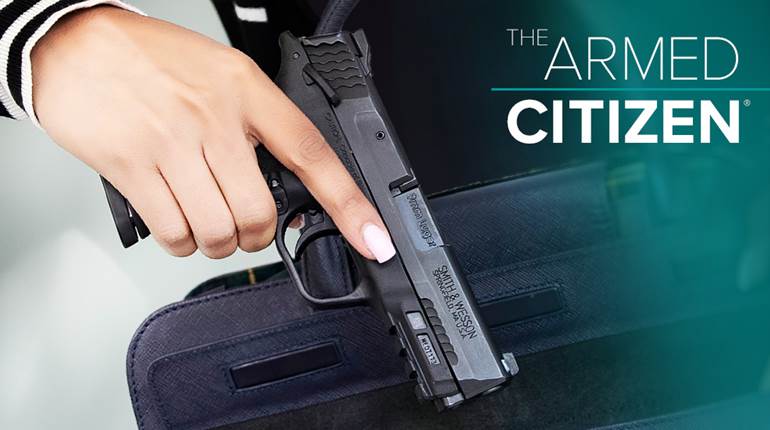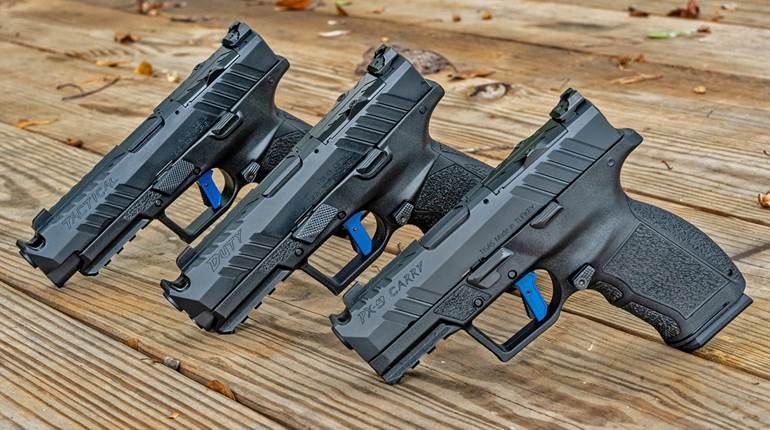
Recently I was digging around my file cabinet and came across an old receipt for a gun. However, this is not just any gun; it’s the first handgun I bought. The ink has faded quite a bit, but the date, description and price are legible. On Dec. 23, 1974, I paid $101.70 for a new Colt New Frontier .22/.22 WMR revolver.
At the time I was greener than the first grass sprouts of spring. I knew next to nothing about guns in general and handguns in particular. My total experience with guns was a Daisy BB gun, a few rounds of .22s at some shooting galleries in amusement parks and a handful of rounds out of a friend of the family’s Smith & Wesson M&P revolver. During this period I was doing a lot of backpacking, and I thought it prudent to keep something handy for the odd squirrel or rabbit—or even perhaps a bad guy. Like I said, I was completely ignorant at the time.
Fortunately for me, I realized that I didn’t know much. I wanted something simple but durable and inexpensive. As I peered into the handgun case there were two revolvers that caught my eye. One was a Colt New Frontier; the other a Ruger Single Six. Both were blued steel and had 6" barrels, as well as a spare cylinder in .22 WMR. The Ruger had a price tag of $91 and change; the Colt was the aforementioned $101.70. I knew the Colt name and its reputation for quality. Ruger sounded a bit like Luger, but that was about as far as I knew. The Colt had some funny swirling on a gray background on its frame. I thought it was kind of pretty—I did not know what color casehardening was at that time. As I did my mental gymnastics between the two revolvers and how I could fit it into my excruciatingly tight budget, my penchant for things a little prettier won out. I figured I could afford 10 bucks for pretty—a logic that throughout most of my life has been frightfully bad in consequences, but in the case of guns, it’s worked out fairly well. In what would turn out to be an accurate assessment of future need, I also bought a Safariland holster for it with a leather thong loop that goes over the hammer spur for retention.
Even in the 1970s, California had its ridiculous waiting period on handguns, so I wasn’t able to take possession of my prize until early January 1975. I started shooting it regularly, discovering soon that the not-so-apparent bugaboo of gun ownership and shooting was feeding the gun. Another issue was that no matter what ammo I put through it, the rounds printed 1 1/2" high at 25 yards, even with the rear sight screwed all the way down.
Nonetheless, the little Colt became my constant companion whenever I was in the boondocks. At 21 ozs., even loaded and with a holster, it was barely noticeable on my hip. As a pot shooter, I eventually became relatively proficient with it. Using the eye of my quarry as the projected point of impact, I simply held a bit below it to anchor an extemporaneous dinner.
When I moved to Wyoming in 1979, the little Colt was the only .22 rimfire I owned. Soon, Winchester jumped on the light-bullet-high-speed .22 bandwagon when it came out with the Xpediter line of ammo. The lighter bullets were a blessing because they printed right at the top of the front sight. This cut down much of my mental calculations when shooting this revolver.
The .22 WMR cylinder has seen limited use. When I first started packing it in my kit, I—like most innocents—figured more power was better, so I used the unfluted WMR cylinder. Big mistake if you plan on eating what you shoot and the shot drifts away from its head and into the body. Additionally, the .22 WMR is pretty hard on the ears, especially in a handgun. Too, WMR ammo is kind of pricey for a budget-minded shooter. 
I also gave the .22 shot cartridges a whirl for pest control. Like others, I found the No. 12 dust shot to be largely ineffective past 10 or 15 feet.
As with many of us, some early guns get put aside as we build our collections. I got all wrapped up with center-fires—both revolvers and autoloaders—and rifles, and shotguns, and hunting, and … My precious little Colt got taken along on fewer and fewer outings. Of course, I could never trade it or sell it—too many memories and fun things. Besides, it’s still a lot of fun to take it out and shoot it from time to time—which is exactly what I did today.
We enjoyed in all likelihood our last 60-plus-degree day until spring today. So out came the Colt, along with my custom Commander, and I spent a few hours worrying the steel targets. My supply of the now defunct Xpediters has long since been exhausted, but I found that some standard-velocity .22 LR ammo printed pretty close to spot on at 15 yards or so. I spent a casual hour running the soft stuff through my little old friend before graduating to the Commander. It is amazing what a low-key, just shoot-for-fun time can do for one’s outlook.
My old friend isn’t going to languish in my pistol safe. It’s just too damn fun to shoot.












